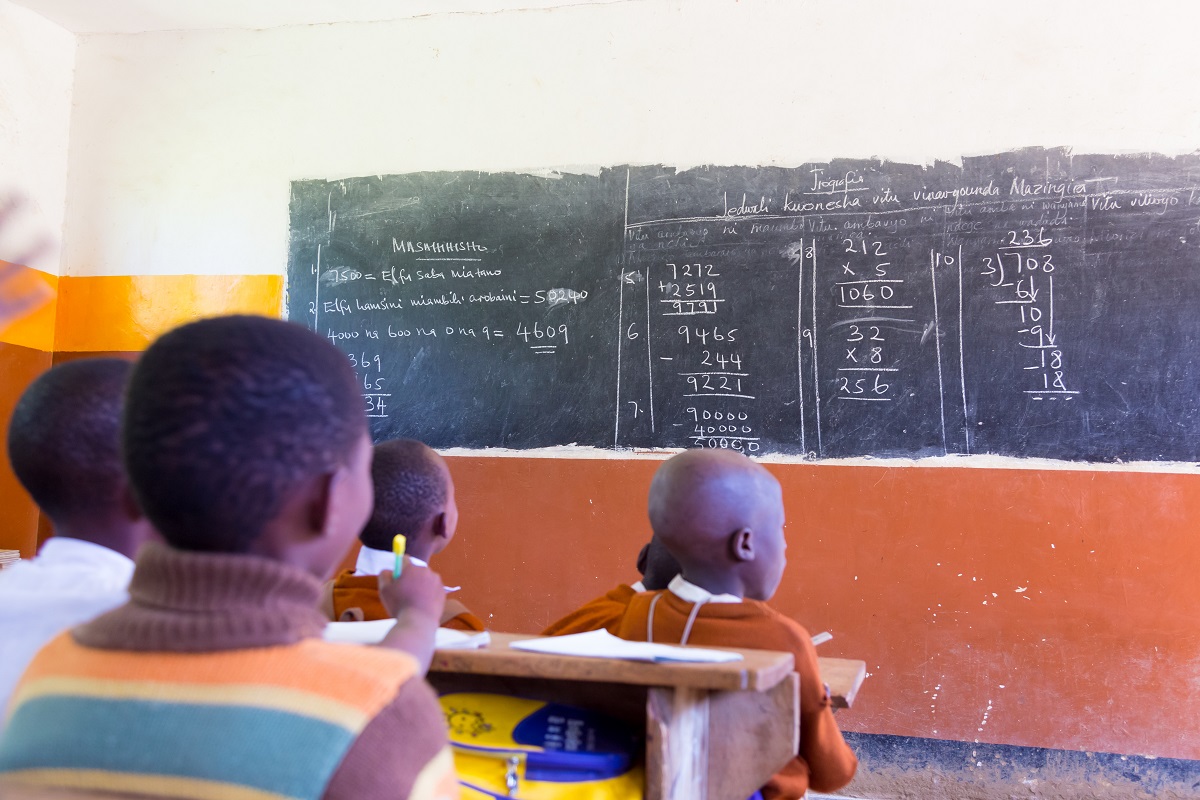Recommended
Download a short factsheet on the findings of this paper
Despite dramatic global gains in access to education, 130 million girls of school age remain out of school. Among those who do enter, too many do not gain the essential skills to succeed after they complete their schooling. Previous efforts to synthesize evidence on how to improve educational outcomes for girls have tended to focus on interventions that are principally targeted to girls, such as girls’ latrines or girls’ scholarships. But if general, non-targeted interventions—those that benefit both girls and boys—significantly improve girls’ education, then focusing only on girl-targeted interventions may miss some of the best investments for improving educational opportunities for girls in absolute terms. This review brings together evidence from 270 educational interventions from 177 studies in 54 low- and middle-income countries and identifies their impacts on girls, regardless of whether the interventions specifically target girls. The review finds that to improve access and learning, general interventions deliver gains for girls that are comparable to girl-targeted interventions. At the same time, many more general interventions have been tested, providing a broader menu of options for policy makers. General interventions have similar impacts for girls as for boys. Many of the most effective interventions to improve access for girls are household-based (such as cash transfer programs), and many of the most effective interventions to improve learning for girls involve improving the pedagogy of teachers. Girl-targeted interventions may make the most sense when addressing constraints that are unique to girls.
Rights & Permissions
You may use and disseminate CGD’s publications under these conditions.






